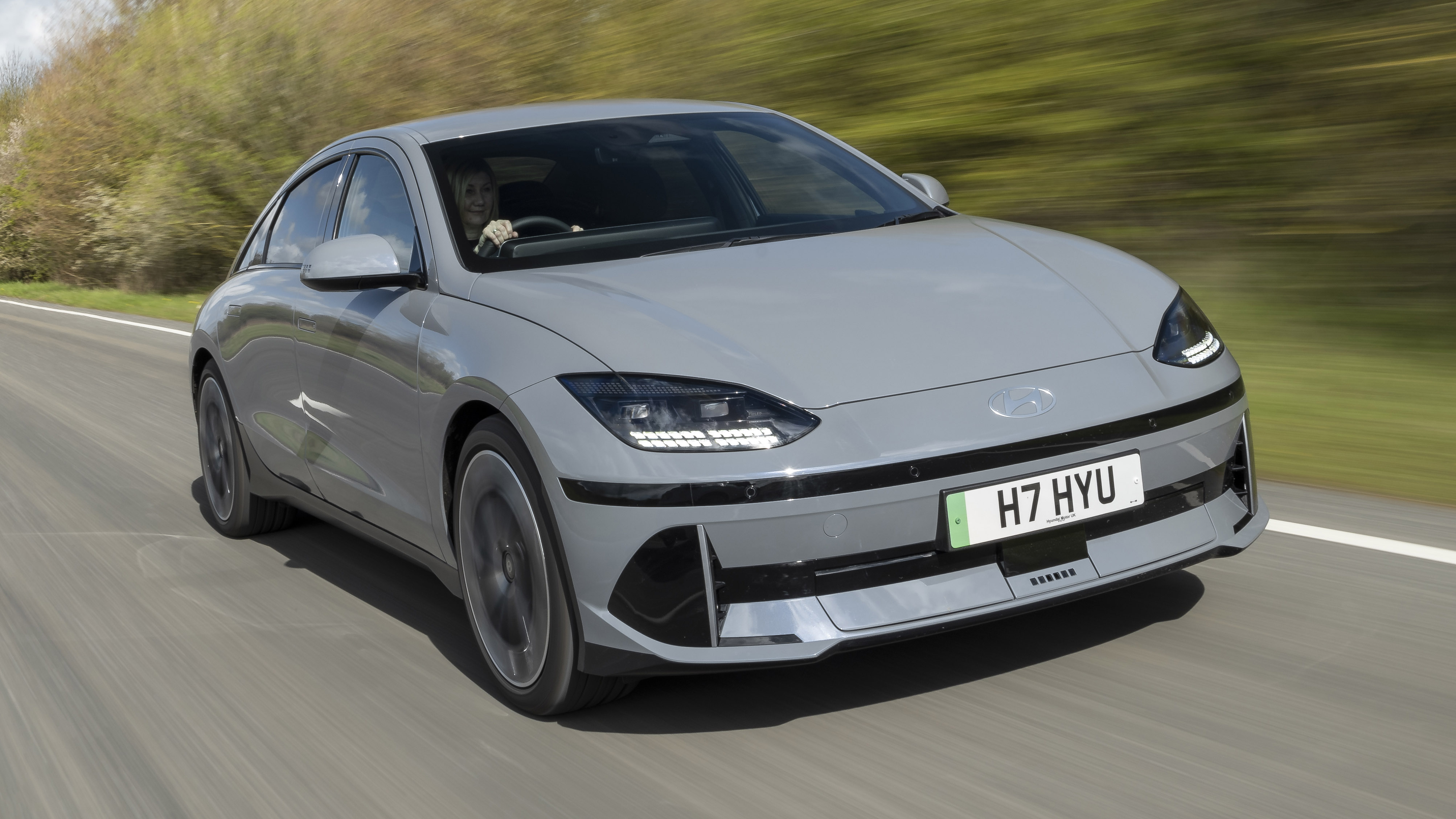News Blast
Your daily source for the latest news and insights.
Electric Cars: Shocking Truths You Need to Know
Unlock the shocking truths about electric cars that could change your mind! Find out what the industry isn't telling you!
The Hidden Costs of Owning an Electric Car: What You Should Consider
While electric cars are often marketed as a cost-effective alternative to traditional gasoline vehicles, it's essential to understand the hidden costs that can accompany ownership. For instance, the initial purchase price of an electric vehicle (EV) can be significantly higher than that of a comparable gasoline vehicle, even with available tax incentives. Furthermore, charging infrastructure can be a concern; if you don’t have access to a home charger, frequent trips to public charging stations can lead to additional expenses, especially if you use fast chargers that may charge a premium for electricity. Additional costs can include the installation of a home charging unit, which can range from a few hundred to a few thousand dollars depending on your electrical system.
Moreover, the maintenance costs associated with electric vehicles can be misleading. Although EVs generally have fewer moving parts and require less frequent maintenance, certain components—like the battery—can be quite costly to replace. According to some estimates, a new battery pack for an electric car can run into the thousands of dollars once the warranty expires, which is something potential buyers need to factor into their long-term budget. Lastly, it’s crucial to consider charging costs, which can vary significantly based on your local electricity rates. To fully grasp the true cost of ownership, potential buyers should examine all these factors carefully.

Are Electric Cars Really Eco-Friendly? Debunking Myths and Misconceptions
The debate around the eco-friendliness of electric cars often stems from common myths and misconceptions. Many people believe that the production of electric vehicles (EVs) creates a larger carbon footprint than traditional fuel-powered cars due to the resource-intensive mining of lithium and other materials for batteries. However, studies reveal that while manufacturing EVs does indeed have a higher initial environmental impact, this is often outweighed by the reduction in emissions over the car's lifespan. In fact, as the electricity grid becomes greener, the lifecycle emissions of electric cars continue to decline, making them increasingly sustainable.
Another prevalent misconception is that electric cars contribute to air pollution because they require electricity generated from fossil fuels. While it is true that the current energy mix can include non-renewable sources, the transition to renewable energy is steadily increasing. Additionally, since EVs are often powered by energy produced from wind, solar, or hydro sources, their operation can significantly reduce air pollutants compared to their gasoline counterparts. As we move toward a greener energy grid, the environmental benefits of electric vehicles will only grow, reinforcing their role in combating climate change.
The Future of Electric Cars: Trends You Can't Afford to Ignore
The future of electric cars is not just a trend; it's a transformation poised to reshape the automotive landscape. As governments worldwide enforce stricter emissions regulations, manufacturers are racing to innovate and offer viable alternatives to traditional gasoline vehicles. Among the most significant trends is the rapid advancement in battery technology. Recent breakthroughs are leading to longer ranges and shorter charging times, enhancing the practicality of electric vehicles for everyday consumers. The rise of electric vehicle (EV) startups, coupled with established automakers diving into EV production, indicates a fierce competition that will likely accelerate this technology's progression.
Moreover, a shift towards sustainable energy sources is amplifying the appeal of electric cars. As more drivers become eco-conscious, the demand for zero-emission vehicles has surged. Industry projections show that by 2030, electric vehicles could make up a significant portion of all cars on the road. Additionally, the development of smart charging infrastructure and vehicle-to-grid technologies is set to enhance the usability and efficiency of EVs. Consumers must stay informed about these trends, as they will not only influence purchasing decisions but also dictate the future of how we perceive mobility and sustainability.